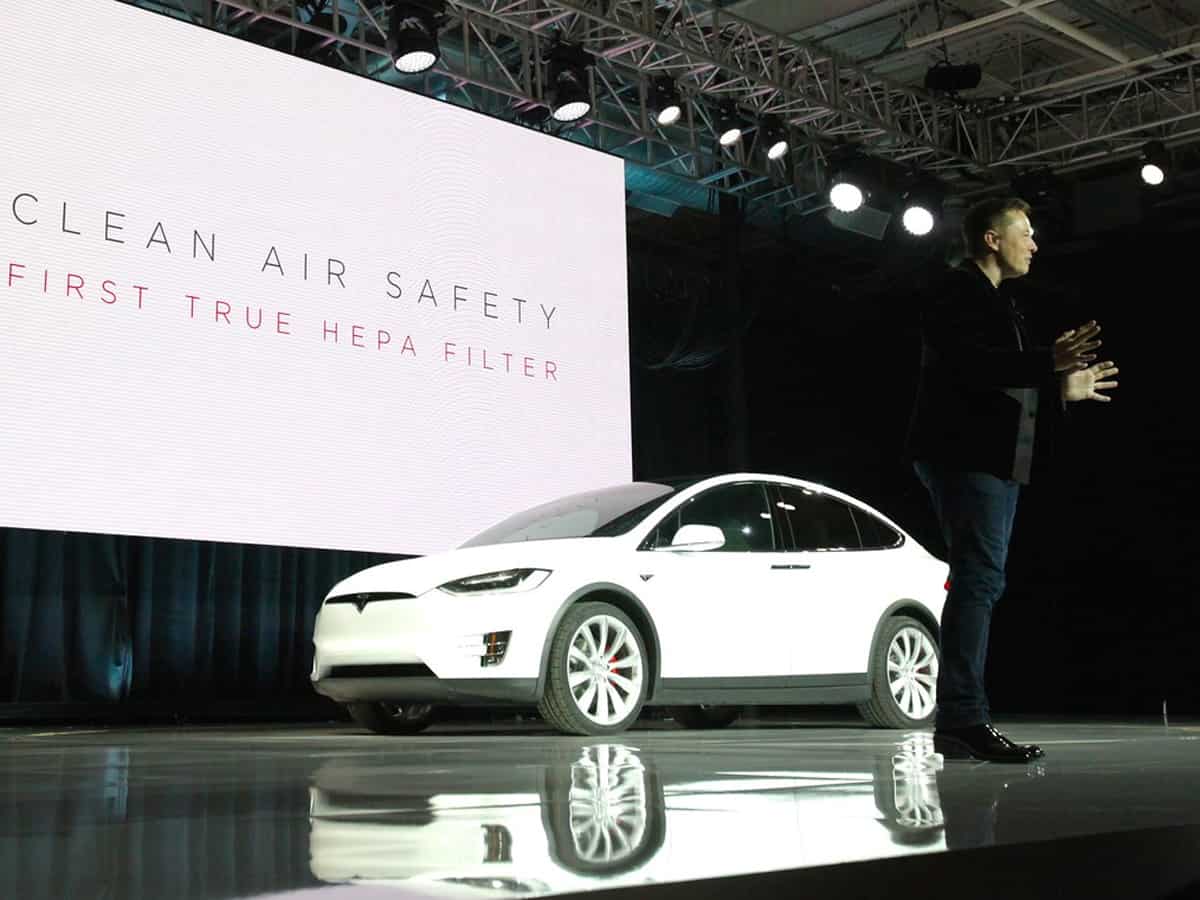
San Francisco: US automaker Ford has reached an agreement with its rival Elon Musk-run Tesla that will give Ford EV customers access to more than 12,000 Tesla Superchargers across the US and Canada, starting early next year.
This is in addition to the over 10,000 DC fast chargers that are already part of the ‘BlueOval Charge Network’.
“This is great news for our customers who will have unprecedented access to the largest network of fast-chargers in the US and Canada with more than 12,000 Tesla Superchargers plus over 10,000 fast-chargers already in the BlueOval Charge Network,” said Jim Farley, Ford president, and CEO.
This breakthrough agreement comes as “we are ramping up production of our popular Mustang Mach-E and F-150 Lightning, and preparing to launch a series of next-generation EVs starting in 2025,” he said in a statement late on Thursday.
A Tesla-developed adapter will provide Ford F-150 Lightning, Mustang Mach-E, and E-Transit vehicles fitted with the Combined Charging System (CCS) port access to Tesla’s V3 Superchargers.
Ford will equip future EVs with the NACS charge port, removing the need for an adapter for direct access to Tesla Superchargers, starting in 2025.
“We’re excited to deliver on our mission to accelerate the world’s transition to sustainable energy by welcoming Ford owners, and other electric vehicles who adopt NACS, to our thousands of Superchargers across North America,” said Rebecca Tinucci, Tesla’s senior director of charging infrastructure.
The BlueOval Charge Network is already North America’s largest public charging network with over 84,000 chargers including access to over 10,000 public DC fast chargers.
Additionally, Ford dealers are adding roughly 1,800 public-facing fast chargers and locations to the BlueOval Charge Network by early 2024.
